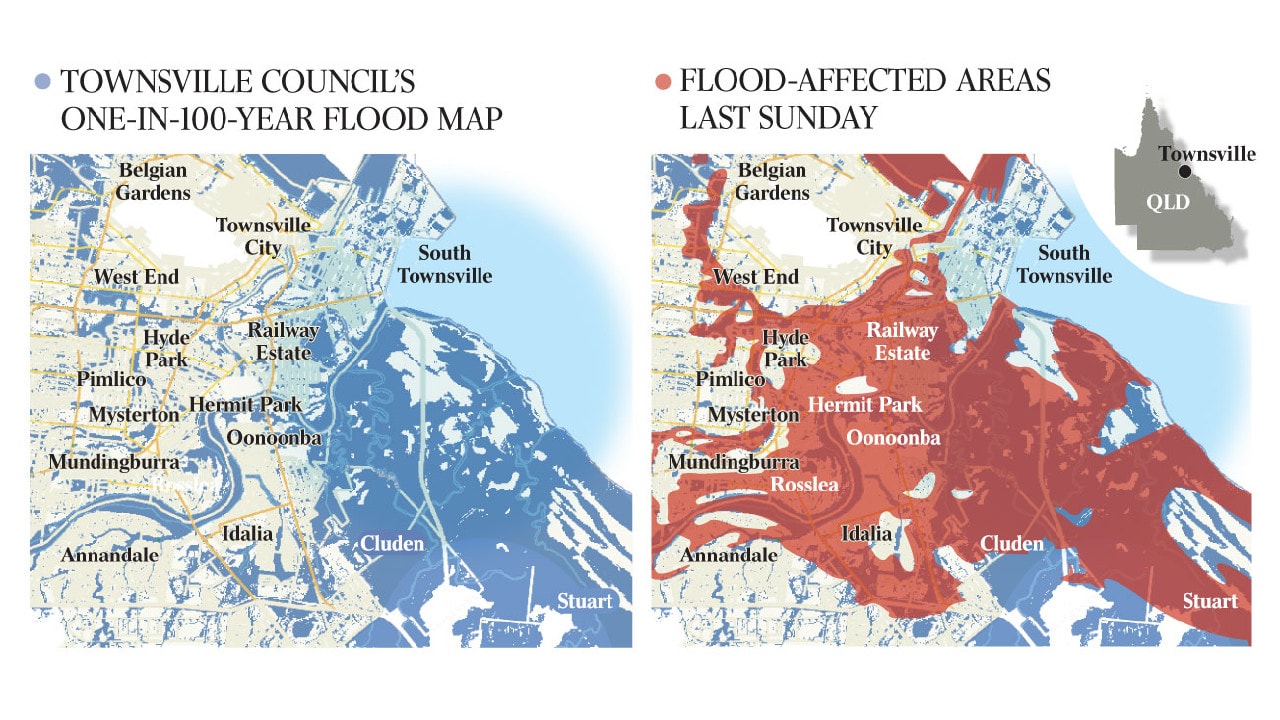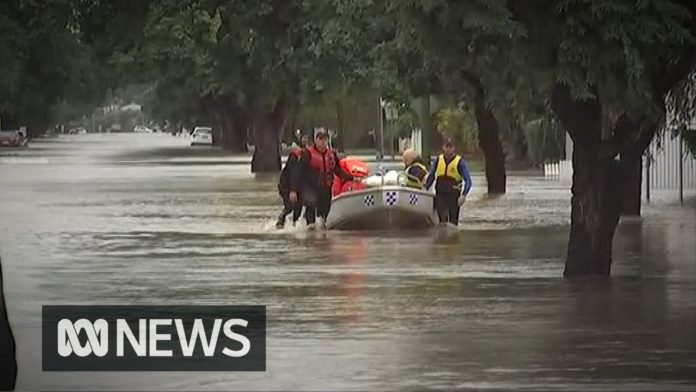Australia has been coping with relentless heat across the entire continent as well as pouring rain and floods in the Far North. Of course, this has generated much media coverage here in Europe. In Holland where I live, lately people have begun commenting to me on the present awful state of affairs in my home country as regards the climate. My standard response is to guffaw inappropriately, roll my eyes, and declare that what Australia is going through right now is simply called summer. It happens a lot over there, like every 9 months or so.
My interlocutors inevitably express surprise at my declaration that nothing special is happening right now down under in Australia. If they persist I regale them with some of the maximum temperatures that I labored under while working in mining exploration in the Western Australian desert. Or the time when I was in high school in the mid 80s when we had more than 90 days in a row where the daytime temperature never got below 35 degrees Celsius. Without air conditioning.
The one unusual happening in this Australian summer has been the extent of the monsoon flooding in the Far North city of Townsville, which is officially the most boring city in Australia, if not the entire world. The flooding itself is somewhat unremarkable as that part of the world tends to flood on a regular basis, which is a direct result of an average rainfall that is measured in meters. What is unusual is the extent of the destruction, with tens of thousands of homes going underwater. As someone who lived in Cairns for 5 years, I know that part of the world quite well, and such devastation is very out of the ordinary.
Particularly for Townsville seeing as the city is rather steep and hilly. I had to stay in Townsville on numerous occasions for work and my abode of choice was a cute B&B in a big old colonial style house up on one of the main hills. To call the area steep would be like saying that Everest seems fairly high. So how did this area flood?
Townsville flood maps reviewed as more homes go under.

On the map the large white part are the hills around which the city of Townsville was built. They built it there all those years ago because the entire area is prone to flooding. But the expansion of the city in recent years has seen the local council giving approval for entire suburbs that are literally built on a flood plain in a monsoonal climate. How could the council possibly have given permission for developers to build there?
Why, they used computer models of course. Now where have we heard of climate computer models before …?
Local Government Association of Queensland chief executive Greg Hallam said Townsville’s flood maps relied on “exhaustive modelling of every possible scenario”, looking at variables such as rainfall and artificial structures.
“We’re not God. We don’t have supreme knowledge. We only have the best science, the best knowledge we can have,” he said. “We now know with the (dam) gates fully open … what will flood and what won’t, so there will be a new set of flood maps produced out of this event.”
Mr Hallam said Townsville’s maps were prepared using a “Monte Carlo” risk analysis, which models the likelihood of different outcomes in hard-to-predict situations, as recommended in 2012 by experts attached to the Queensland Floods Commission of Inquiry.
They call anything science these days. It’s not science, it’s utter crap, although now that means essentially the same thing. They set up their computer models to give them the answer which their clients, in this case the council and the developers, wanted to have and were paying money to get. That’s what science is now; the client pays the money, gets their model, and hey presto, science!
The next time some climate change berk wheels out the old computer model argument, feel free to use this example to rub his face in it. Because it turns out that these models are simply that; models. And if you go by their own words when it all goes to crap, they’re not God. Funny that, I never thought they were.
And another thing; a one in a hundred year flood means that you will get one of those floods at least once every hundred years. But obviously when the “scientists” come up with their models, their predictions are assuming that the hundred year event will happen in a hundred years from today, which makes it somebody else’s problem.
Which is the same outcome for climate change. Once they’ve finally destroyed our industry and electrical system in the name of Gaia hopefully we’ll all be dead, or at least that’s how their reasoning goes.
This article was originally published at https://pushingrubberdownhill.com/, where Adam Piggott publishes regularly and brilliantly. You can purchase Adam’s books here.










